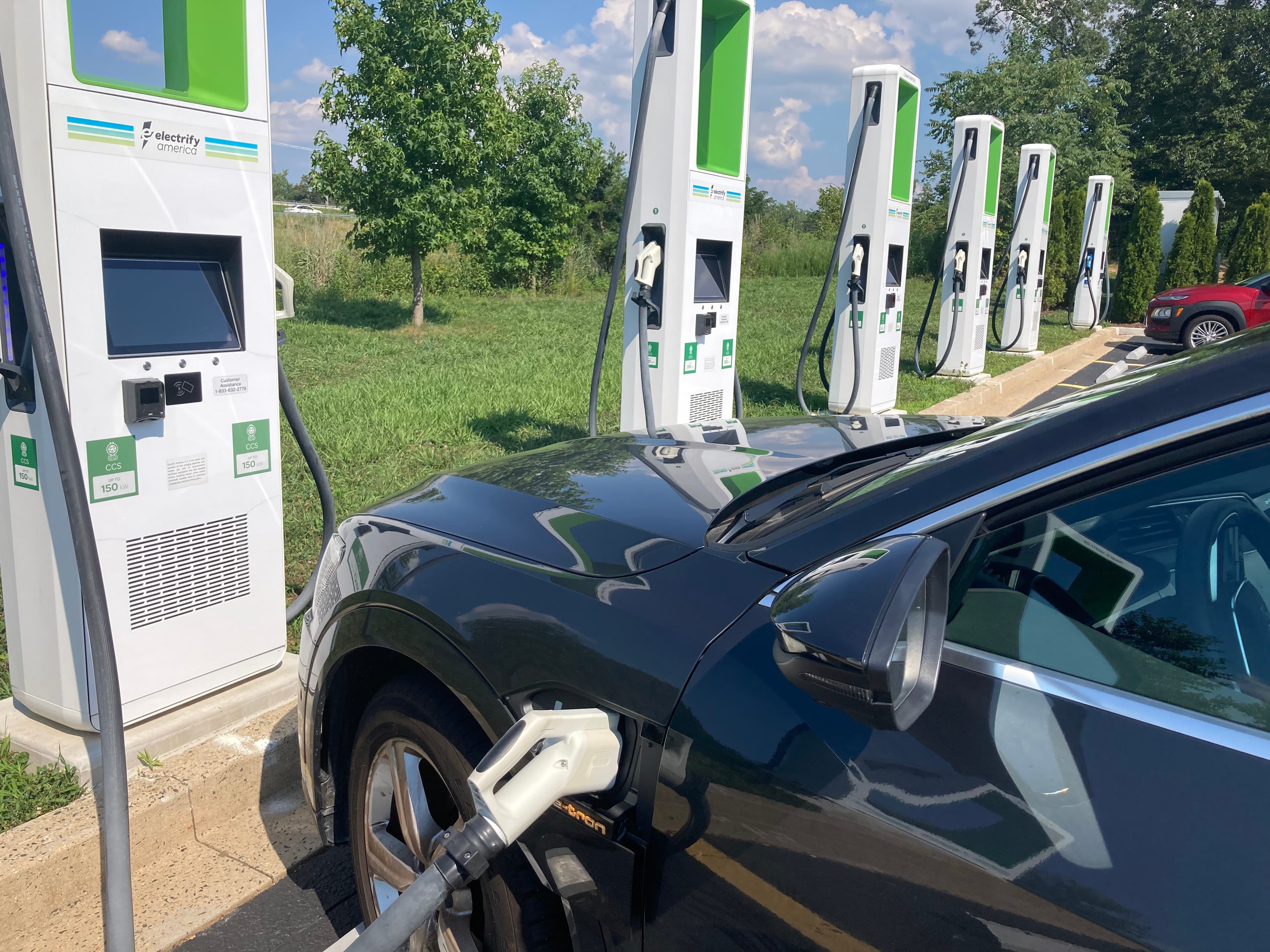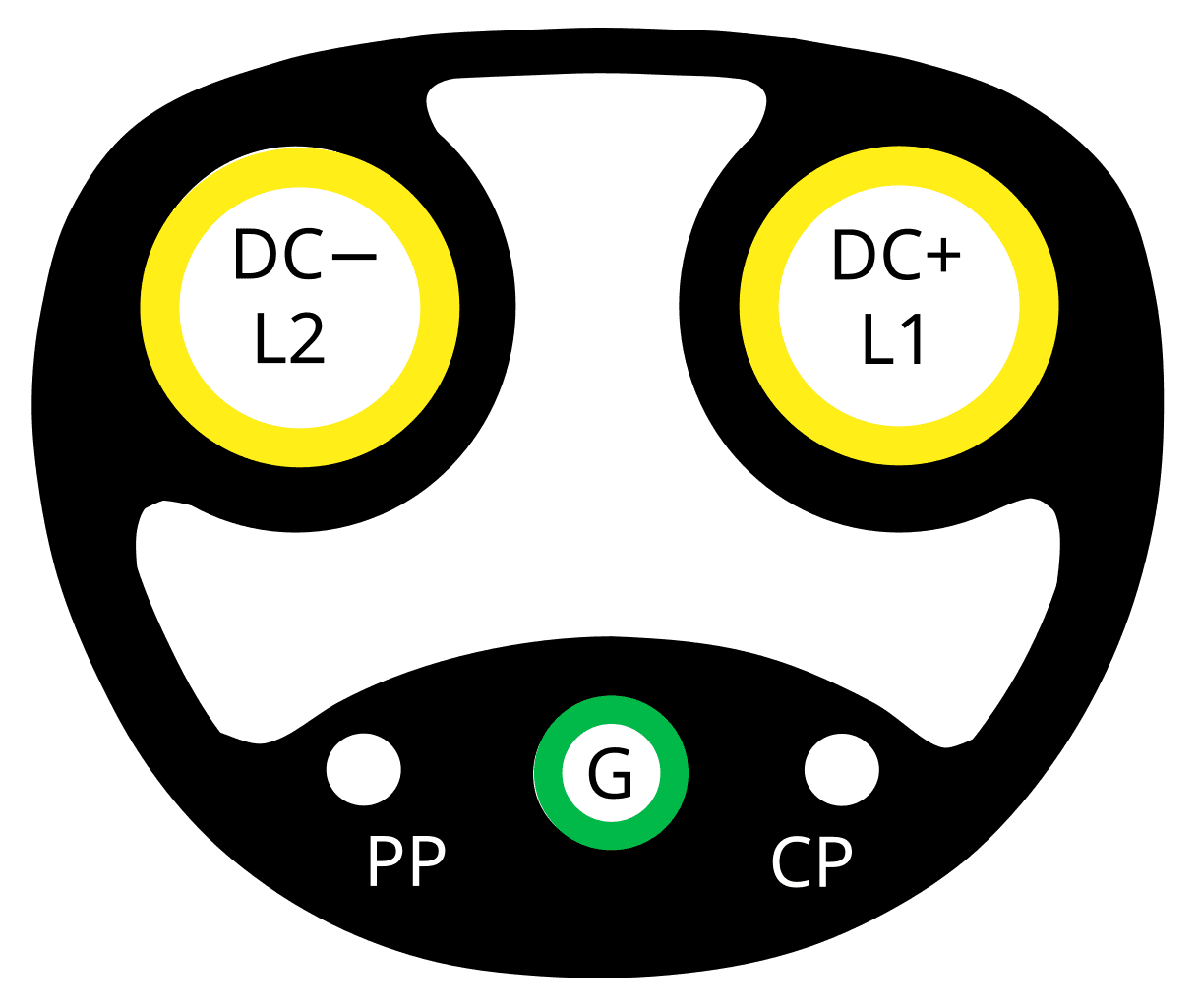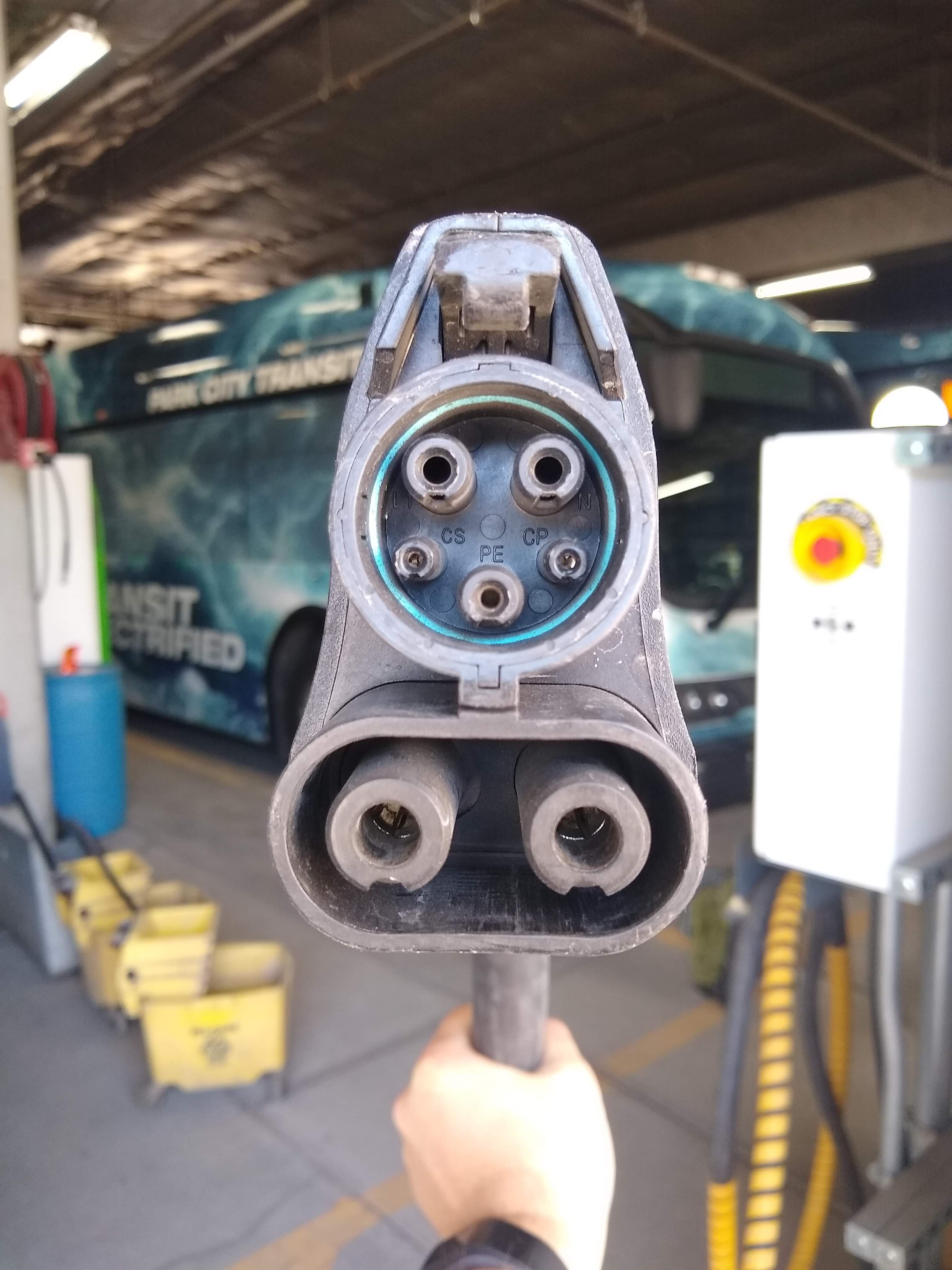PlugMapper Insights
SAE J3400 (NACS) vs. CCS in 2025: Compatibility & Adapter Guide
Clear, up-to-date guidance on J3400/NACS vs. CCS in North America—who needs an adapter, what to buy for home and public charging, and how to future‑proof.

With most automakers adopting SAE J3400 (often called NACS) while many sites still offer CCS1, 2025 is a transition year. This guide shows how to charge smoothly at home and on the road—and whether you actually need an adapter.
What changed in 2025?
J3400 is becoming the default DC fast‑charging connector for new North American EVs. At the same time, hundreds of thousands of CCS1 ports remain in service, and many public sites will offer both plugs during the transition.

Do you need an adapter?
- New EV with a J3400 port → Charging at CCS sites: you’ll generally need a J3400‑to‑CCS1 adapter if the station doesn’t offer a native J3400 cable.
- Existing EV with CCS1 port → Charging on J3400 cables: you may need a CCS1‑to‑J3400 adapter if the site is J3400‑only.
- Home Level 2: either port type works because AC uses the vehicle’s onboard charger—choose a wall unit that matches your vehicle plug or use an approved adapter.

Reading station labels
On a pedestal, look for connector icons or text—“CCS1,” “J3400/NACS,” or both. Some sites list maximum kW per cable; note that actual speeds depend on your vehicle’s charging curve and state of charge.
Home charging choices
- If you already have a charger: check if the cable/plug matches your vehicle; otherwise consider a certified adapter.
- Buying new: choose a unit with swappable cable options and OCPP support for future flexibility.
- Plan a 240 V, 50 A circuit for most Level 2 units; verify local permit and GFCI rules.
Field tip: carry one high‑quality, safety‑certified adapter rather than multiple cheap ones—thermal performance matters under high current.

Checklist: what to buy
- One vehicle‑safe adapter rated for your target kW with temperature monitoring
- A soft, longer cable for easier port reach
- A carrying pouch to keep adapter pins clean
- For home: a charger that supports load sharing and remote diagnostics

